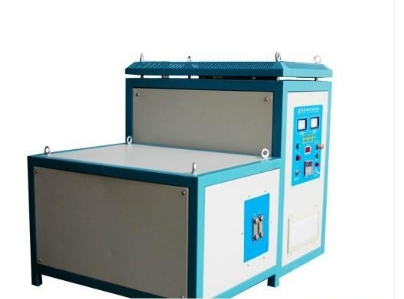- 26
- Sep
淬火冷卻介質管道設計時應注意哪些方面?
What aspects should be paid attention to when designing the quenching cooling medium pipeline?
(1) 罐容量 罐容量與冷卻水罐相近,但淬火冷卻液罐與機床機械升降機構一體化時,由於管路較短,可設計成更小以便於減少床體體積,滿足淬火水泵循環供給優良。
(2)淬火冷卻介質供給淬火冷卻介質供給與淬火水泵的流量有關,而該流量取決於工件的一次淬火表面積和所需的噴射密度[mL/(cm2s) )],即每平方厘米麵積每秒噴水量(mL)。 不同鋼材和不同加熱方式的噴塗密度見表。 一些日本工廠使用20~30mL/(cm2s)。
Table 8-6 Recommended value of spray density of quenching cooling medium
Category Spray density/ [mL/ (cm2s)]
一般表面硬化 10-15
Diathermic quenching 40 ~50
低淬透性鋼淬火60~100
(3) The size of the filter mesh of the quenching liquid is a function of the spray aperture. The diameter of ordinary fiber or iron powder is often between 70~100pim. The smaller the spray aperture, the finer the filter screen is required, and the spray aperture is general. Not less than 1mm, so the aperture of the filter screen is required to be less than 1 mm. In actual production, 0.3~0.8mm is used. If the filter screen is too small, the resistance will be increased, and the channel area will also decrease under a certain pipe diameter.
(4) The number of spray holes Regarding the number of spray holes on the effective circle of the sensor, it is generally specified as 3 ~ 4/cm2, and the holes should not be too dense. Due to the large or small pore diameter, some materials recommend that the cross-sectional area of the spray hole on the effective ring should be less than 15% of the quenching surface area and greater than 5% of the quenching surface area.
(5) The area of the nozzle inlet pipe The ratio of the total cross-sectional area of the nozzle inlet pipe to the total cross-sectional area of the spray hole should be 1:1 as much as possible. When the quenching water pump pressure is large enough (such as 0.4 MPa or more), it can be Change this ratio, but it is better not to exceed 1:2.
(6)噴塗壓力一般噴塗壓力為0.1MPa時,中碳結構鋼即可硬化。 但在實踐中發現,噴射壓力越大,沖刷表面薄氧化皮的效果越顯著。 對於容易發生淬火和開裂的工件,必須仔細考慮噴塗壓力。

